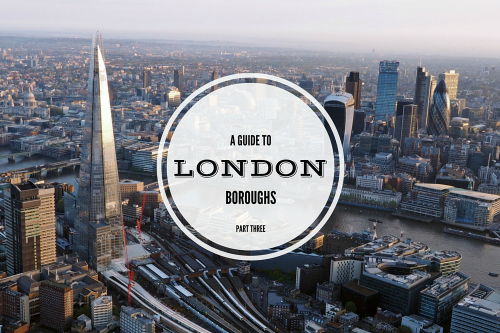Talk to a Londoner and you could come away believing that the city is not just the capital of the UK, but of the entire universe. They’ll praise its busy, bustling streets, its world-class art gallery and its place at the forefront of fashion.
The Big Smoke attracts visitors, expats and Brits to its heaving, cosmopolitan metropolis, boasting thousands of years of history and a place at the forefront of business, art and technology.You can walk along Roman roads to find the highest of high-tech innovators, see concerts in medieval hunting parks and eat lunch surrounded by great works of literature.
There’s very little the city doesn’t offer its residents, from all-night clubbing to the serenity of the capital’s parks and open spaces. You can join the roaring crowds at its sporting venues, or quietly enjoy the wildlife along its river banks.
But even the proudest of residents don’t know every inch of their beloved megacity; they might not even know the name of the borough neighbouring theirs. They certainly won’t know about the different cultures that have all carved out a slice of home within the city.
New York might have Little Italy and San Francisco might have Chinatown, but London boasts a constant, morphing collection of enclaves and secret societies. Banglatown, Electric Avenue, Dalston, Seven Sisters and a dozen other places are all home to thriving pockets of international culture, mingling their traditions, recipes and fashions with those of their newfound home.
Anyone planning to spend time in London should get used to thinking of the city as a patchwork of boroughs, each with its own identity but also providing a home to various communities within.
The 33 boroughs that make up London are to be explored and enjoyed by anyone visiting, but also to be understood by anyone planning to live in the city. Make sure you find the one that best suits you in our final instalment of An Expat Guide To London Boroughs.
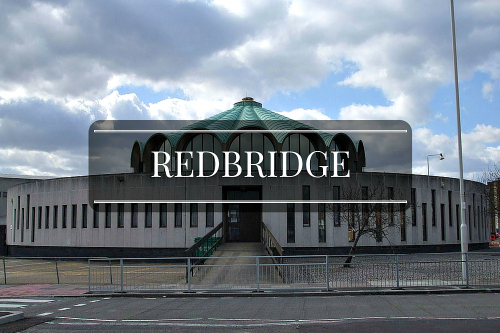
Sitting at the one o’clock position of the great London clock-face, the London Borough of Redbridge is is a ‘leafy suburb’ with at least a quarter of its space covered in greenery. The area is also rather well-off, boasting that three quarters of its houses are owner-occupied. Getting its name from a brick bridge over the River Roding, Redbridge is also known for its high performing schools.
The borough can be subdivided into two smaller regions, Ilford and Woodford. Ilford boasts The Exchange shopping centre, a mega-mall that attracts shoppers from across North and East London, as well as The Central Library. Although the library’s architecture is highly praised, it is more widely known as the hangout of choice for local ‘rude boys’.
Woodford retains a reputation as the home of well-to-do city workers who commute into the financial districts.
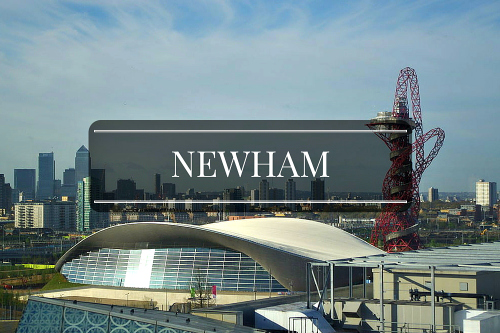
This area has seen a big investment in recent years thanks to the 2012 Olympics. Encompassing the Stratford region which hosted the majority of the festival, billions were spent on improving the borough and building the mighty Queen Elizabeth Park.
Although the park is still undergoing work to transform it from Olympic venue to public space, the nearby Westfield Mall brings hundreds of thousands to the area to splash their cash.
A proud ‘East End’ borough, Newham has long been home to the city’s working class and to immigrants. Consequently Newham has one of the highest populations of ethnic minorities in London, but no one group dominates the figures.
Newham is exceptionally well connected transport-wise. In addition to rail links in and out of London, tube, bus, and Docklands Light Railway, the borough has a cable car to Greenwich and rail-ferry connections to the Netherlands.
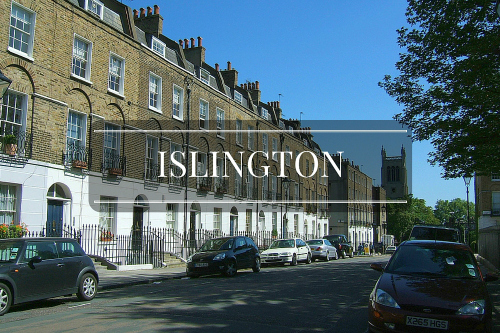
This inner borough can trace its roots back to Saxon times. In 1005 it was known as Giseldone. Now the second smallest borough in London, it is a highly desirable location for the city’s richer culture-vultures.
The area’s Victorian terraces were snapped up by prospectors in the 1980s, restoring them into large townhouses and luxury apartments. Surrounding the residential addresses are antiques markets and swanky cafes for the locals to meet and mingle.
Islington has become so popular that the tiny borough now has the second highest population density of any London borough with nearly 14,000 people per km2.
The northern end of the district is home to cheaper properties and a more ethnically diverse population. It is also dominated by the Emirates Stadium, home to Arsenal football club.
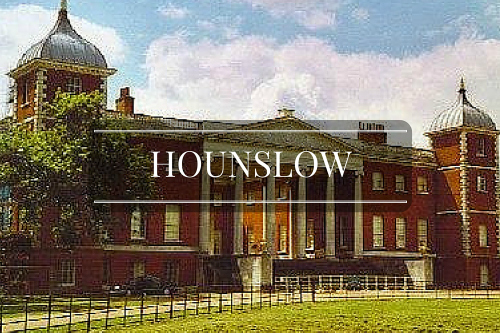
Hounslow is one of the most westerly of the city’s boroughs, making it home to many workers who commute to Heathrow airport.
The area is also one of the most diverse in terms of income. Brentford is a mixed industrial-residential region, which has seen its fair share of crime thanks to drugs and gangs. Isleworth on the other hand is a leafy region with many of the country’s biggest broadcasters employing skilled individuals who keep the area’s pubs busy.
Chiswick is a sleepy riverside area which boasts aging rockers and movie stars among its residents. The pubs overlooking the Thames offer a village feel, with fine dining and the imminent threat of flooding from the tidal river.
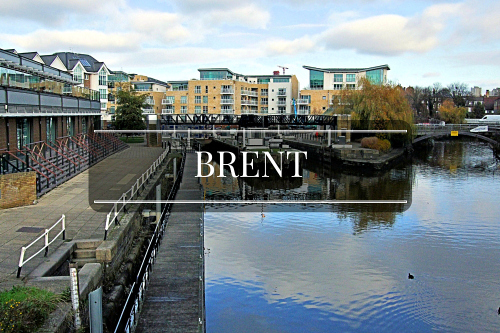
The northernmost of the westerly outer boroughs, Brent does not enjoy the same reputation for luxury. Instead the area is listed as the third most unhappy in the city due to the high rents for lacklustre accommodation and poor amenity provision in the area.
Brent is home to Kilburn, once a hotspot for Irish immigration, with the borough still boasting the largest population of arrivals from the Emerald Isle of anywhere in the country.
Wembley also enjoys an ethnic mix, with a large number of Indian immigrants. The area is popular with Londoners looking for a hearty meal in one of Wembley’s many spicy restaurants.
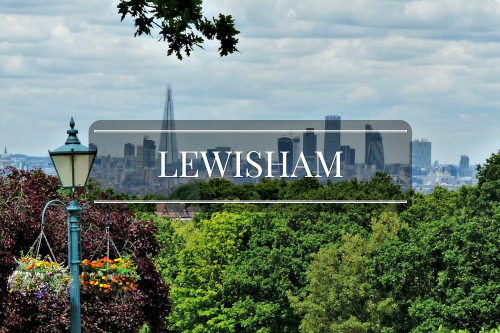
Parts of Lewisham are only five minutes by train from London Bridge station, but the borough could be miles away, having a suburban feel close to the city.
Dulwich has a sleepy village feel, with art galleries and boutique fashion shops looking out onto communal greens and mock Tudor high streets. Nearby Forest Hill is London’s latest ‘Nappy Valley’ as young families seek to snap up an increasingly rare bargain on a Victorian home. The Horniman Museum and gardens is a parade of prams and proud new homeowners.
Crystal Palace was named for the mighty glass and steel exhibition hall in the park that has since burnt down. The park used to host high-speed motor racing but is now best enjoyed with by a slow walk to inspect the laughably inaccurate dinosaur sculptures.
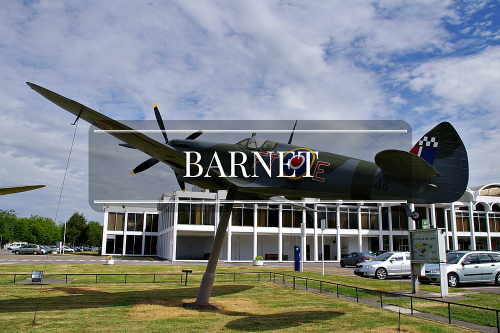
Barnet is the second most populous of the London Boroughs, one of its oldest, and home to the UK’s largest Jewish population.
The Golders Green area has a busy Jewish community, centred on the Golders Green Synagogue. Consequently the district has become the focus of much of Jewish cultural life in the capital.
Hendon is home to the Metropolitan Police and an impressive museum devoted to the Royal Air Force.
Finchley enjoys a mixed culture, with affluent middle class homes sitting alongside a strong working class element. Alongside the housing, the area is home to College Farm which invites visitors to meet farm animals in peaceful surroundings.
Much of the borough sits within the Green Belt, so although the area has seen increase in development, its green areas are protected from destruction.
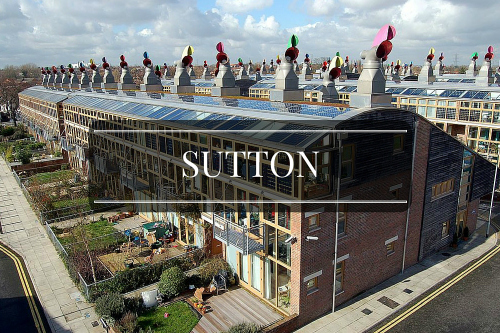
Sutton may be London’s best kept secret. The suburban borough enjoys a serene village feel, the capital’s lowest crime rate and the highest school performance figures. It has been described as ‘quietly brilliant, with 91% of residents describing it as ‘a great place to live’. A senior government official described the area as ‘the most normal place in Britain.’
Although the area isn’t universally wealthy, it it not as deprived as parts of neighbouring boroughs. Sutton also lays claim to being the greenest borough, with many environmental initiatives under way in the area, including BedZED (Beddington Zero Energy Development). BedZED uses various innovative technologies to run a housing complex with zero energy input.
Sutton also enjoys a buzzing cultural life, with its many parks hosting music, art and drama festivals throughout the year. The borough is also one of the most beautiful, with ancient country houses complementing the natural splendour of the River Wandle.
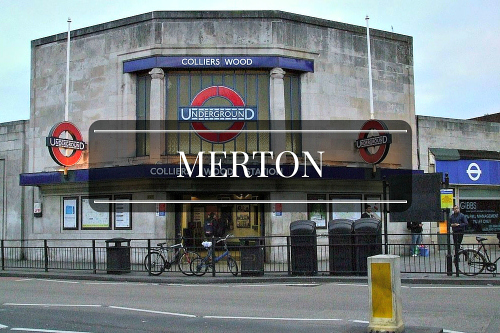
Merton is mostly light industrial areas with residential developments mixed in. It is one of the most economically deprived in London and one of the most crime-ridden.
The borough is also home to Wimbledon, both fabulously wealthy and famous for its international tennis competition every year.
There is little reason for most Londoners to venture out as far as Merton unless they happen to work in one of the businesses on its industrial parks.
That said, there are speculations that Collier’s Wood may be the next big thing in property. The area has long suffered a reputation as being a poorer cousin of nearby Tooting and Clapham, blighted by traffic accidents and crime. An eyesore office block in the centre of the town has stood empty since it was built, but after a makeover even this is tipped to be hot property.
Collier’s Wood may be an elegant solution for commuting expats, being situated on the Southern end of the Northern Line but also relatively affordable compared to Wimbledon or Clapham.
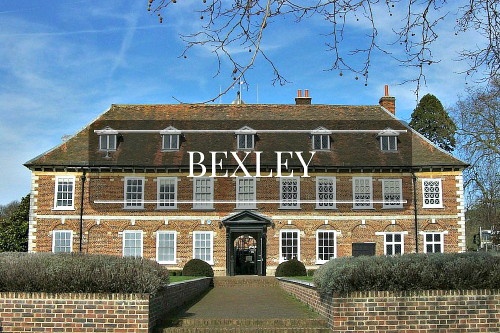
The eastern edge of London south of the river, Bexley sits between Greenwich and Dartford in Kent.
Much of Bexley consists of suburban developments that sprung up along railway routes running to Kent. Much of the area also enjoys parkland and architecture dating back to the Jacobean age.
History buffs would enjoy time spent in Bexley. The Red House Museum is devoted to the ‘Arts and Crafts style’ of design and British architecture. Woolwich Dockyard was once home to Britain’s military workshops where cannons and guns were designed, built and tested. This is now a swanky apartment development, but the area is still home to the Royal Artillery Museum.
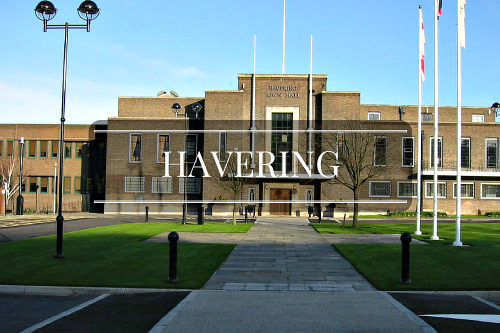
Encompassing parts that used to be classed as Essex, Havering is the most easterly point north of the Thames. The district takes its name from the Royal Liberty of Havering, an ancient royal domain and manor house.
Havering’s unemployment rate is lower than the national average and the area has thousands of businesses offering local employment as well as easy access to jobs in the city.
The borough makes the most of its position on the cusp of London and Essex, protecting its green spaces but also trading with the capital. Havering also has a booming nightlife, attracting revellers from both London and Essex.
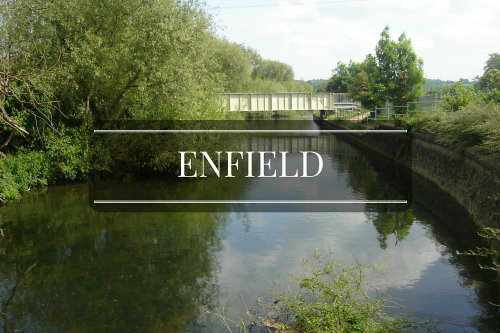
Enfield perches at the top of London, reaching close to Hertfordshire.
The borough has a proud history of manufacturing, building colour television sets, the world famous Lee Enfield .303 rifle, the world’s first mass produced dishwasher and a host of consumer must-haves.
Today the area has been undergoing re-investments to keep the borough alive. Enfield Town has been transformed into a shopping precinct and Edmonton Green has seen its residential and healthcare facilities renovated.
Something is clearly working as the area also has some of the capital’s highest property prices. Homes in Enfield Town and Hadley Wood have been going for an incredible £10 million.
Southgate, Cockfosters and Grange Park are also home to choice properties, with Victorian terraces pushing the upper limits of sanity in terms of pricing.
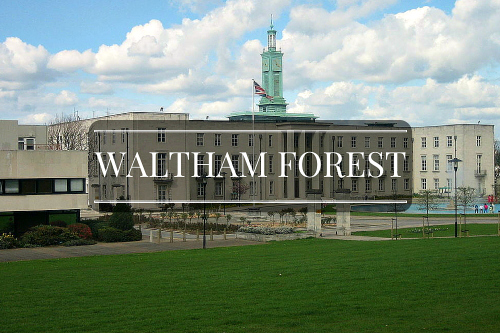
The borough is split harshly between the suburban, wealthy north and the inner-city-esque southern half. Waltham Forest has one of the highest ethnic minority populations in Europe, consisting mostly of recently-arrived Eastern Europeans and long-standing Black British residents.
The district has a long history of musical fame, from the dubious East 17, a 90s boyband who took their name for the area’s postcode, to grime pioneers like More Fire Crew, Lethal Bizzle, and Jammer.
Curiously, the area doesn’t have much of a night life or clubbing scene. Walthamstow’s high street is famed for its mile-long market, making it the largest street market in Europe.
Which London boroughs have you lived in? Share your experiences in the comments!
Article by Andy Scofield, Expat Focus International Features Writer

